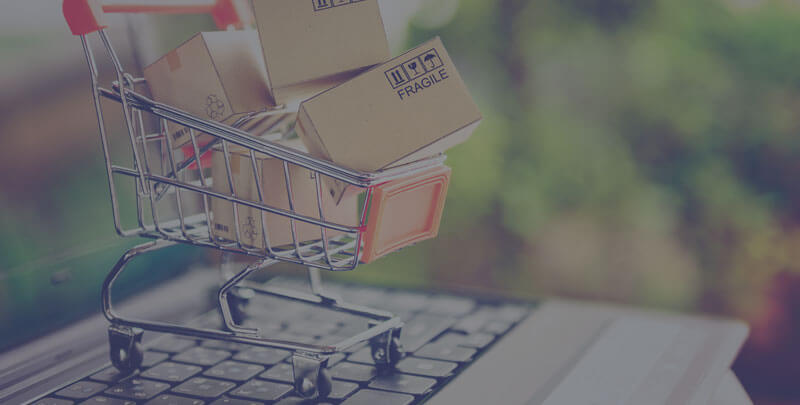Staying safe as you shop online requires diligence. Some good habits, such as keeping your credit card number private, are obvious. But savvy shoppers can go above and beyond to reduce the risk of theft and fraud as they shop on the Internet, using modern technology and safeguards to protect themselves.
Here are five underused tools that can help keep you safe as you shop online.
1. Virtual Credit Card Numbers
Many credit card issuers offer virtual card numbers free to their customers. When you’re ready to shop online, you can request a 16-digit temporary card number and set a spending limit and expiration date. You use the virtual card number at checkout and the charges will show up on your normal credit card statement. If a thief does get a hold of your virtual card number, your physical card is still safe.
Check with your credit card company to see if they offer virtual cards. If they don’t, there are third party providers (the level of service may vary between providers).
2. Two-Factor Authentication
Two-factor authentication (also known as 2FA) is a security feature offered by many online merchants and service providers, including banks, credit card issuers, and even Amazon.com. When you enable this feature on an account, you’ll be required to provide a second verification after you enter your user name and password. Typically, this second verification will involve a mobile device that thieves can’t access. If someone can crack your username and password, you’ll still be protected.
3. Password Managers
Many consumers use poor passwords or reuse the same password across multiple accounts. This is risky because a thief could access multiple accounts with a single password. Password manager apps and services can help you create, store, and access complicated passwords across multiple accounts. They can even help you remember PINs, answers to security questions, and more. You’ll only have to remember one password: the one you use to unlock your password manager.
While they aren’t 100% guaranteed (in theory, a hacker could crack a password manager), they do help you maintain different passwords for every account. There are free and paid options on the market, so do your research before selecting one.
4. Credit Cards
Credit cards are popular, but they’re still underused considering their relative level of safety. Federal law limits your liability for unauthorized credit card charges to $50. If your physical card wasn’t stolen, or if you report your card stolen before unauthorized charges occur, that liability drops to $0. Many credit card companies will even waive the $50 liability.
Because they’re tied to your bank account, debit cards come with a much greater risk. It’s usually a better option to shop with a credit card online.
5. Credit Monitoring
Identity theft and credit monitoring services can warn you if you’ve become a victim of identity theft. These services watch your credit report for activity and notify you as soon as something lands on your credit report. If fraudulent accounts are created in your name, credit monitoring services can help you act immediately.

